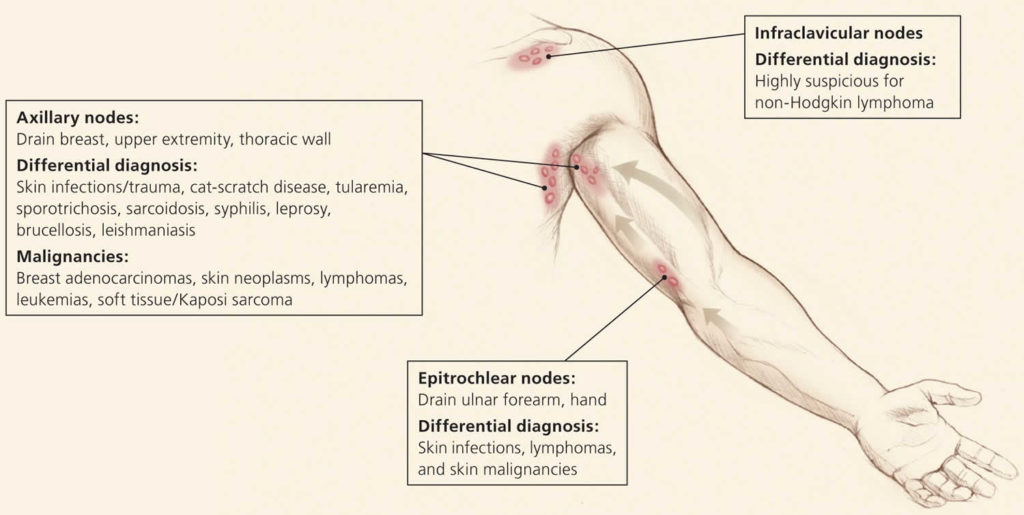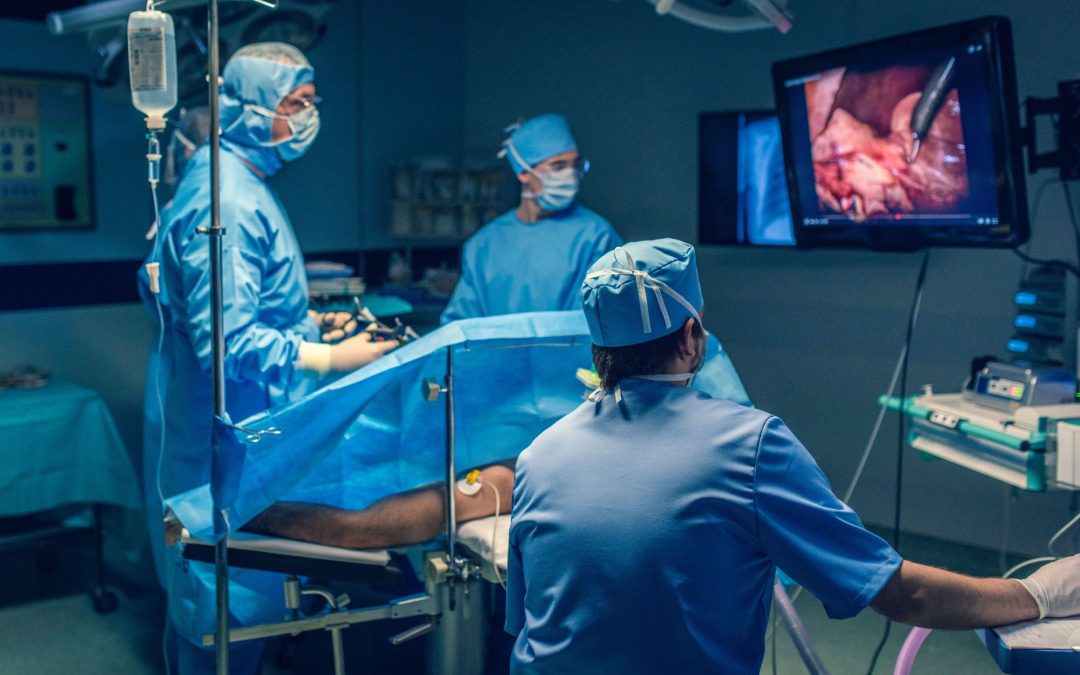A wide excision of bilateral axillary masses is a surgical procedure involving the removal of abnormal masses or lumps from both axillary (underarm) regions, along with a margin of surrounding healthy tissue. This is done to ensure complete removal of the masses and to reduce the risk of recurrence.

Causes for Bilateral Axillary Masses
The causes of bilateral axillary masses can vary widely and may include:
- Benign Conditions:
- Lipomas: Benign fatty tumors.
- Lymphadenopathy: Enlarged lymph nodes, which can be due to infections, inflammatory conditions, or benign reactive processes.
- Hidradenitis Suppurativa: A chronic skin condition characterized by recurrent abscesses and scarring.
- Infections:
- Bacterial Infections: Such as abscesses or cellulitis.
- Viral Infections: Like mononucleosis or HIV, which can cause generalized lymphadenopathy.
- Fungal Infections: Especially in immunocompromised individuals.
- Malignancies:
- Lymphoma: Cancer of the lymphatic system.
- Metastatic Cancer: Spread of cancer from other parts of the body, such as breast cancer.
- Primary Axillary Tumors: Rare but can include sarcomas or primary skin cancers.
Symptoms Leading to Wide Excision
Symptoms prompting the need for wide excision of axillary masses may include:
- Palpable lumps or masses in the underarm area.
- Pain or tenderness in the axillary region.
- Swelling or inflammation.
- Skin changes over the masses, such as redness or ulceration.
- Systemic symptoms like fever, night sweats, or unexplained weight loss, especially in the context of infection or malignancy.
- Restricted range of motion in the shoulder or arm due to the size or location of the masses.
Diagnosis
To diagnose the cause of bilateral axillary masses and determine the need for wide excision, the following tests and procedures are typically used:
- Physical Examination: To assess the size, location, and characteristics of the masses.
- Imaging Studies:
- Ultrasound: To evaluate the nature of the masses.
- Mammography: Particularly in women, to check for breast-related issues.
- CT scan or MRI: For detailed imaging and assessment of the extent of the masses.
- Biopsy:
- Fine Needle Aspiration (FNA): To obtain a sample of cells for analysis.
- Core Needle Biopsy: To obtain a larger tissue sample.
- Excisional Biopsy: Complete removal of one of the masses for pathological examination.
- Blood Tests: To check for signs of infection, inflammation, or markers indicative of malignancy.
Treatment
The primary treatment for bilateral axillary masses requiring wide excision involves surgical removal. This can be performed under general or local anesthesia, depending on the size and location of the masses. The surgery aims to:
- Completely remove the masses along with a margin of surrounding healthy tissue to ensure clear boundaries and reduce the risk of recurrence.
- Minimize damage to surrounding structures, such as nerves and blood vessels.
Post-Surgery Treatment and Recovery
Following wide excision, the treatment plan may include:
- Pain Management: Medications to control post-operative pain.
- Wound Care: Proper care and monitoring of the surgical site to prevent infection.
- Physical Therapy: To maintain and restore range of motion and function in the affected arms.
- Follow-Up Appointments: Regular monitoring to check for recurrence or complications.
- Adjuvant Therapy: If the masses were malignant, additional treatments such as chemotherapy, radiation therapy, or targeted therapy may be necessary.
Potential Complications
As with any surgical procedure, there are potential complications, including:
- Infection: At the surgical site.
- Bleeding: Excessive bleeding during or after surgery.
- Nerve Damage: Leading to numbness or weakness in the arm or shoulder.
- Lymphedema: Swelling due to the disruption of lymphatic drainage.
- Recurrence: Of the masses if not completely removed.
Recovery
Recovery times can vary based on the extent of the surgery and the patient’s overall health:
- Initial Healing: Typically takes a few weeks.
- Physical Therapy: May be required for several weeks to months to restore full function.
- Long-Term Monitoring: Regular follow-up appointments to monitor for any signs of recurrence, especially if the masses were malignant.
A wide excision of bilateral axillary masses is a significant procedure that requires careful planning and post-operative care to ensure the best possible outcomes.



